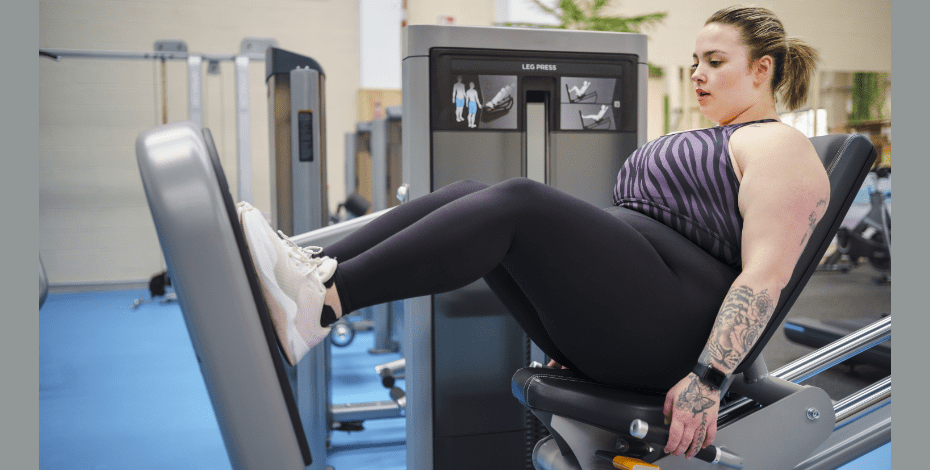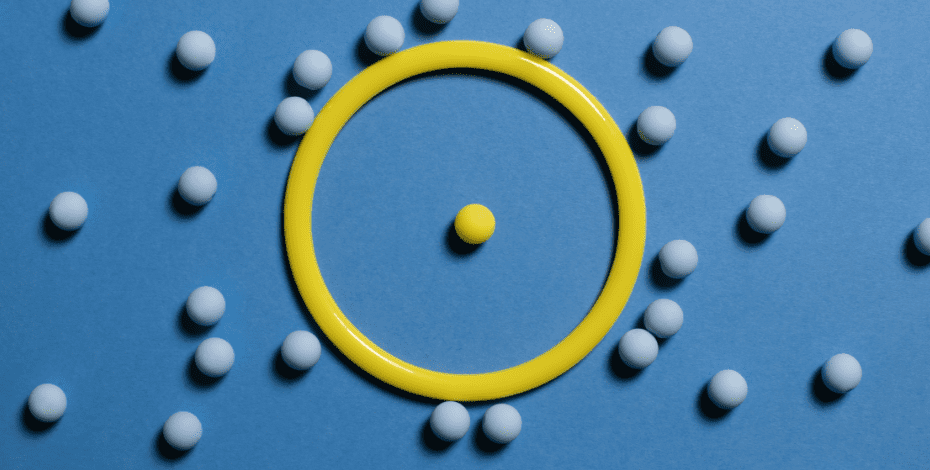Patients marvel at X-men program results
A pioneering exercise program to help in the recovery of prostate cancer patients who are undergoing hormone therapy offers so much more than just a catchy title.
In the physiotherapy gym at Sydney’s Westmead Hospital, a group of men have been preparing to do battle. They are men who have taken part in the hospital’s X-men program—an apt name for a group of superhero patients using exercise to help build physical and mental strength while undergoing androgen deprivation therapy (ADT) as part of their prostate cancer treatment. And overseeing the award-winning program is Gerard Regan, APAM, part of an eight-member physiotherapy team including physiotherapists and APA members Katherine Maka, Chrissan Segaram, Josip Sulentic and Dragana Ceprnja driving the initiative.
Before they began creating the X-men program, Gerard and the team had been managing patients, both in the pre- and postoperative phases, who had undergone radical prostatectomies or who were in the various stages of radiation and ADT. Having seen first-hand the many challenges this patient cohort faced, the team was also aware of the shortfall in exercise prescription services available for men in western Sydney to help counter the possible mental and physical side-effects of ADT such as muscle weakness, an increased risk of falls, depression and cognitive issues.
During many discussions with the men about their recovery, the group also determined that many of those undergoing ADT felt intimidated attending a commercial gym and, as such, adherence to regular exercise programs had been quite low. So after investigating the huge body of research on the positives of weight training and exercise prescription for this particular patient cohort, the team met with the hospital’s radiation oncologists and nursing staff to discuss the idea of using exercise prescription for patients undergoing ADT—and were delighted with the positive response and common goal of improving the quality of life of this population.
It was team member Dragana Ceprnja who came up with the catchy title for the program. ‘It was during the team forum that Dragana thought of the X-men, which I thought was really good. It encapsulated what we were trying to portray—they’re a team, and they’re superheroes,’ Gerard says of the more than 60 patients who have graduated from the eight- week program since it began in March last year.
The program sees patients supervised by a physiotherapist in an hour- long circuit class comprising 50 minutes of exercises targeting the lower and upper body, resistance exercises, squats, step-ups and cardiovascular exercises such as treadmill and exercise bike use. Crucially though, the program also allows 10 minutes at the end of the session for the men to gather around and discuss issues such as their prostate cancer journeys. Gerard says this conversation can help the patients feel happier as well as healthier, and opens the door to social opportunities.
‘While the conversation isn’t always about prostate cancer or their treatment, having this time gives the men the chance to ask each other the sorts of questions they don’t feel comfortable asking other people,’ he says. ‘Someone might say “I’m having radiation next week, what have you guys experienced?” I’m there just to sit in on the conversation. If the guys are having a really good talk I don’t say anything, I just sit there and watch. I don’t necessarily think men are socialising that well at that age, so we sit down and have a bit of a chat and hopefully they make some friends as well.’
The X-men program, which is open to all ages, generally has participants ranging in age from 50 to 85. Some are newly diagnosed and are facing their first ADT treatment, some are over 65 and have been prescribed ADT and radiotherapy as opposed to a prostatectomy because of their age, and some were diagnosed with prostate cancer a decade or more ago and had a prostatectomy only to relapse and be prescribed ADT treatment. Gerard says that finding the right exercise mix for such a drastically varying patient cohort can be something of a challenge.
‘I change the amount of the exercise depending on the different patients. If you’ve got a patient group that is between 55 and 85, they might have a lot of comorbidities and might have knee issues or shoulder issues, so you mix it up a bit more. And, of course, you’re going to have different fitness levels in the class. The other thing to consider is that with this population, you’re looking at patients who are being treated for prostate cancer and might be on ADT for two years or more.’
As one of the side-effects of ADT can be muscle weakness, building strength in the lower limbs to combat the incidents of falls among men having ADT treatment forms an essential part of the X-men program. ‘One of the main reasons for hospital presentation in a western population of those aged over 70 is falls. So these patients get really involved in the program, and they’ve been happy to do it because it’s not in a traditional gym atmosphere,’ Gerard says.
Of the 70 patients referred to the X-men program, 60 have since gone on to complete it. Exit interviews and satisfaction surveys by team members showed the program enjoyed high patient compliance levels. According to Gerard, aside from sometimes bringing out a competitive streak in some participants, the program also allowed for some tangible health benefits.
‘We took some objective measures and completed a 30-second sit-to-stand test as one of these and of the population who are on ADT we found we could significantly increase their lower limb strength,’ he says. ‘The guys have been really good at attending. In terms of commitment, we can’t force people to come, so they’ve decided to embrace it and enjoyed it. Some of the things they tell me are that they’re very passionate about the program because they realise there’s not a lot of men’s health services out there in the public system
While patients who completed the program were provided with a home exercise program, many participants’ exercise levels subsequently dropped off so a transitional class has been running at the hospital since April this year. This class is run by allied health assistant Damien Dubois, rather than by Gerard, to allow participants to become more independent with their exercise habits out in the community for ongoing benefit.
‘It was felt that if I was there taking the class it wouldn’t be as autonomous, so the allied health assistant is there mainly from a safety aspect. If participants have any issues they can ask him questions, but it is expected by the time patients get to the transitional class they’re to be independent with their exercise prescription. They’re just doing their exercises and trying to gain some more autonomy for when they return back to the community,’ Gerard says.
In September this year, the X-men program picked up the Keeping People Healthy award at the Western Sydney Local Health District (WSLHD) Quality Awards. The awards recognise innovation, health and safety in WSLHD’s delivery of healthcare. At the presentation night, the award was collected by physiotherapy department manager Maria Quinlivan, APAM. The team has also fielded some questions about the possibilities of starting up the X-men program at other hospitals in south-west and western Sydney.
© Copyright 2024 by Australian Physiotherapy Association. All rights reserved.






